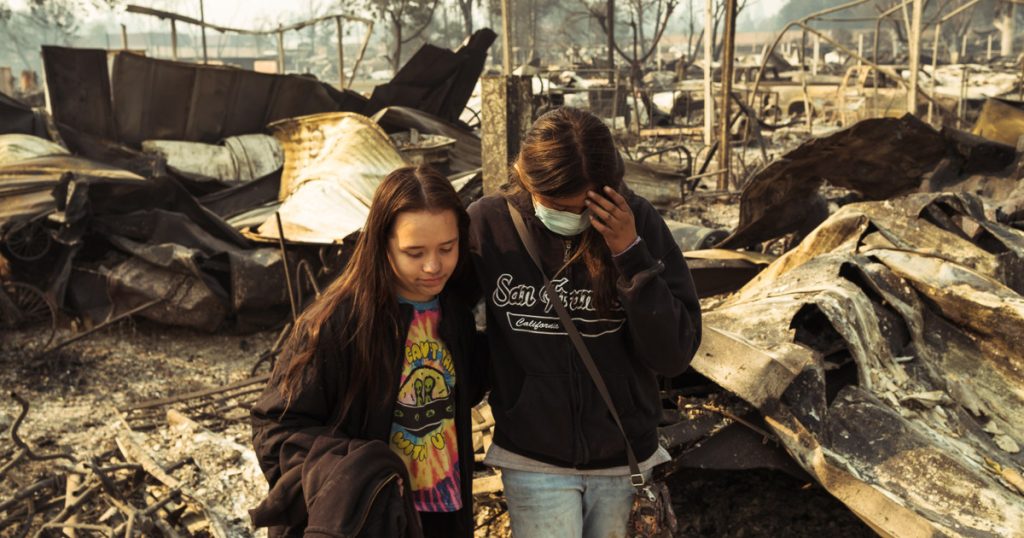Oregon Abandons Wildfire Risk Map Amid Misinformation and Political Pressure
In 2021, following Oregon’s most destructive wildfire season on record, the state commissioned a wildfire risk map to guide fire-resistant building codes and home protection measures. Developed by wildfire risk scientist Chris Dunn, the map aimed to identify areas requiring “defensible space” – measures like tree pruning and vegetation clearing around homes to reduce wildfire vulnerability. The initiative sought to build upon Oregon’s legacy of land use planning and address the increasing threat of wildfires exacerbated by climate change.
However, the map’s rollout was marred by a lack of public communication and outreach. Homeowners received abrupt notifications of their “extreme risk” designations, triggering widespread confusion and anxiety. This informational vacuum was quickly filled by misinformation, fueled by social media, talk radio, and political opportunism. The map was erroneously blamed for rising insurance premiums and property devaluation, with some even invoking conspiracy theories about government land grabs.
Despite insurers and regulators clarifying that the state’s map played no role in their decisions, the narrative persisted. The misinformation campaign gained traction, transforming a complex issue into a simplistic blame game. Public forums became venues for hostility and threats, while online echo chambers amplified conspiracy theories and distorted facts. The lack of proactive communication from state officials allowed the misinformation to fester and spread unchecked.
The ensuing public outcry forced the state to withdraw the map in 2022, citing insufficient time for community engagement. Despite this setback, Oregon officials re-released a revised map in 2023, incorporating feedback and adjusting terminology. However, the resurfacing of misinformation, coupled with lingering public distrust, sparked another wave of appeals and challenges.
Political pressures further complicated matters. Republican lawmakers seized on the controversy, framing the map as government overreach and fueling public anxieties. Despite evidence to the contrary, claims of the map’s impact on insurance and property values persisted, influencing public perception and hindering constructive dialogue. Even some initial supporters of the map began to waver, overwhelmed by the misinformation campaign and the difficulty of explaining the map’s nuances to a skeptical public.
Ultimately, in a resounding defeat for evidence-based policymaking, the Oregon Senate voted unanimously to repeal the map and its associated requirements in April 2024. The House followed suit with an overwhelming majority, effectively dismantling the state’s efforts to mitigate wildfire risks through proactive planning. Only one legislator, a firefighter herself, voted against the repeal, recognizing the dangers of discarding a crucial tool for community safety in the face of a growing wildfire threat. The governor signed the repeal in July 2024, cementing the victory of misinformation over science. The incident serves as a stark reminder of the vulnerability of policymaking to misinformation campaigns, even when supported by scientific consensus and aimed at protecting public safety.


